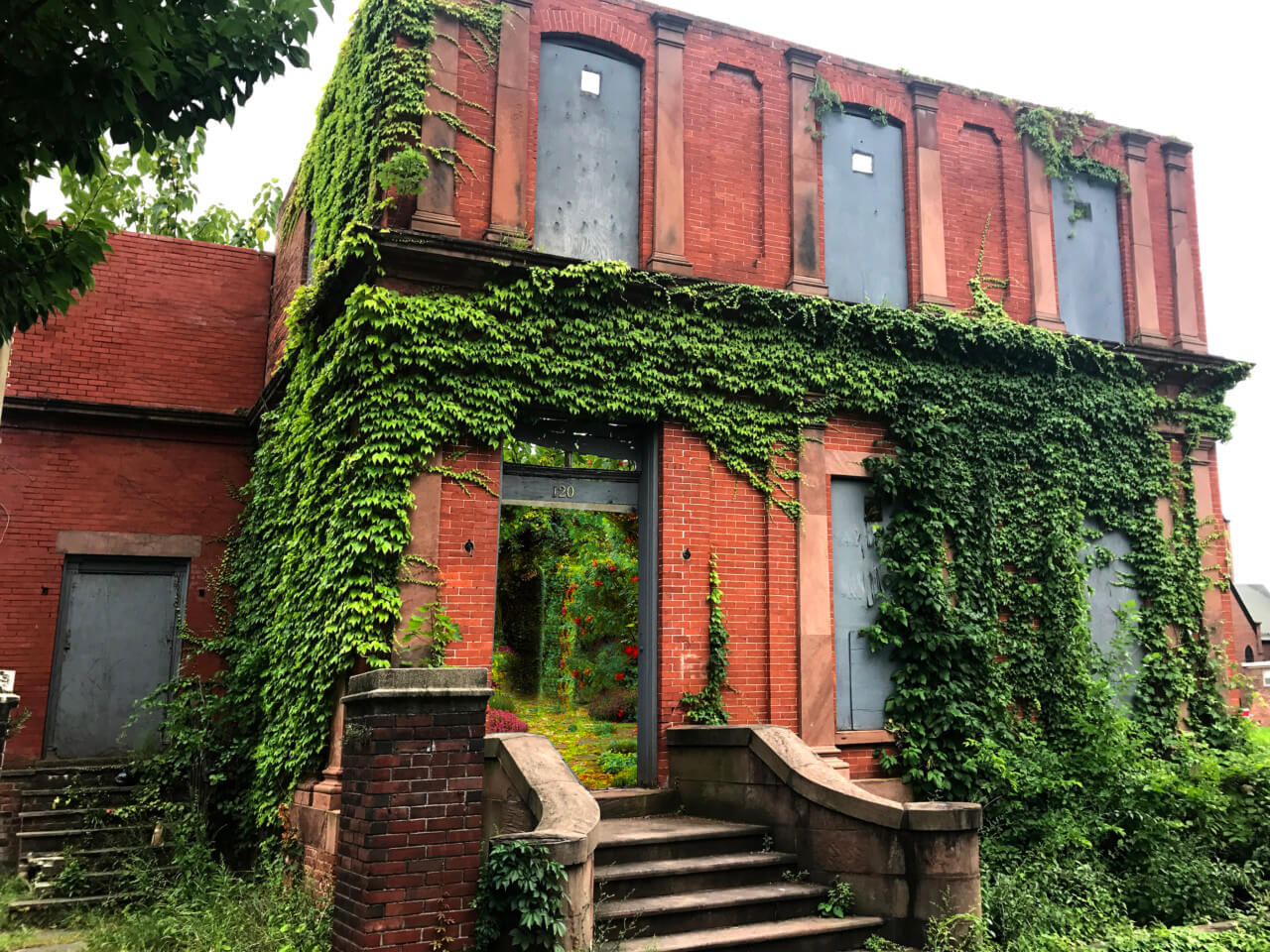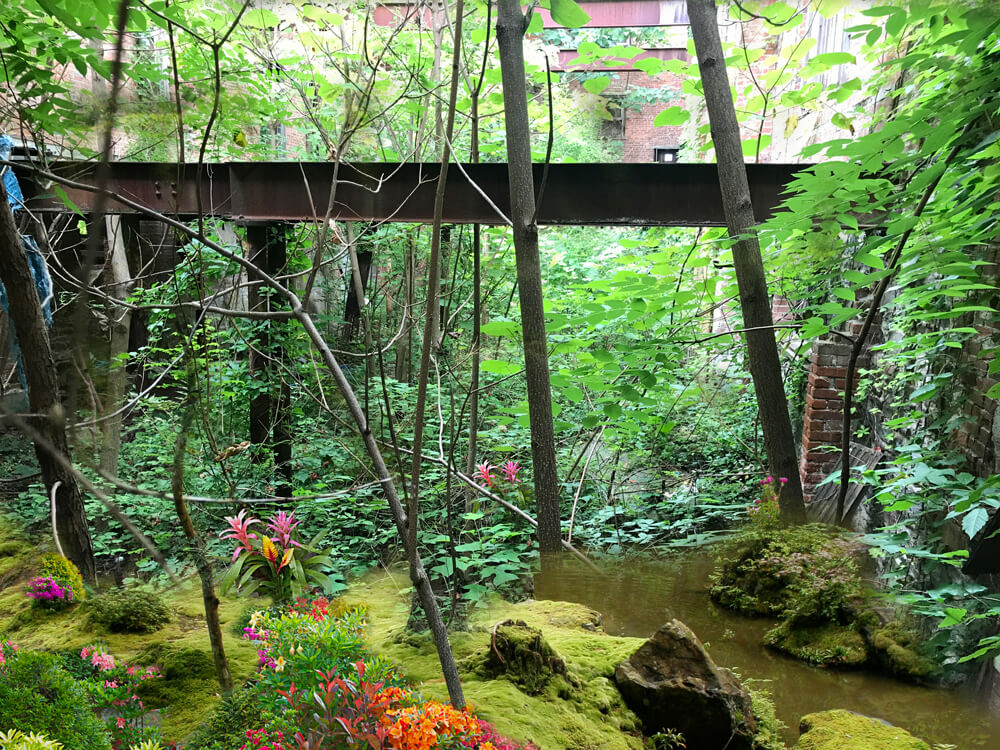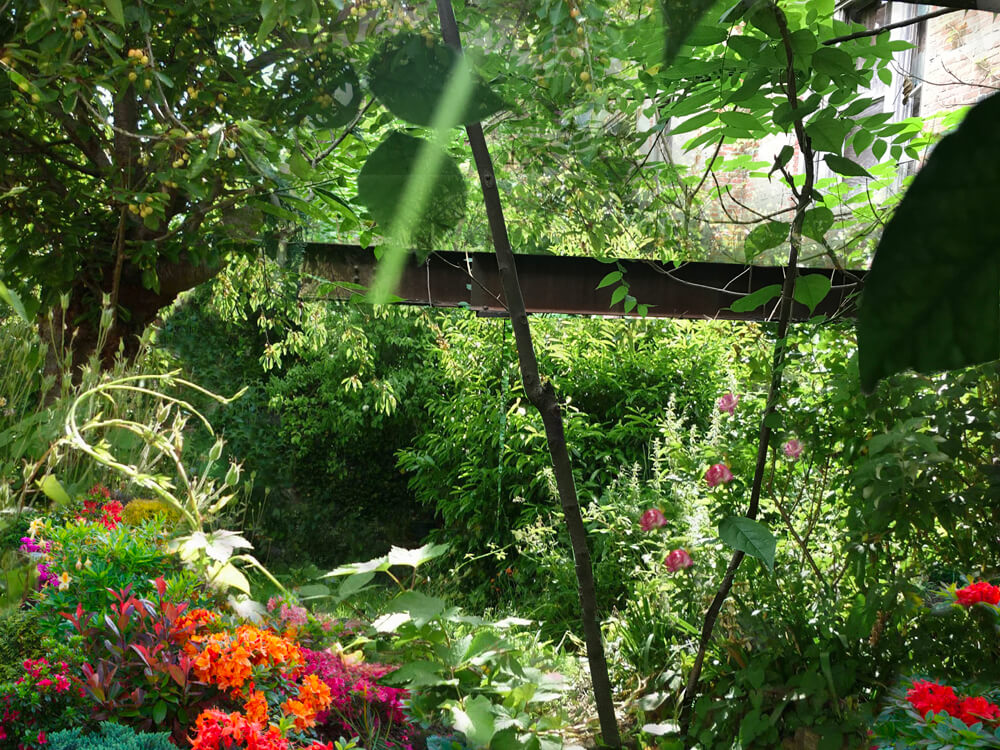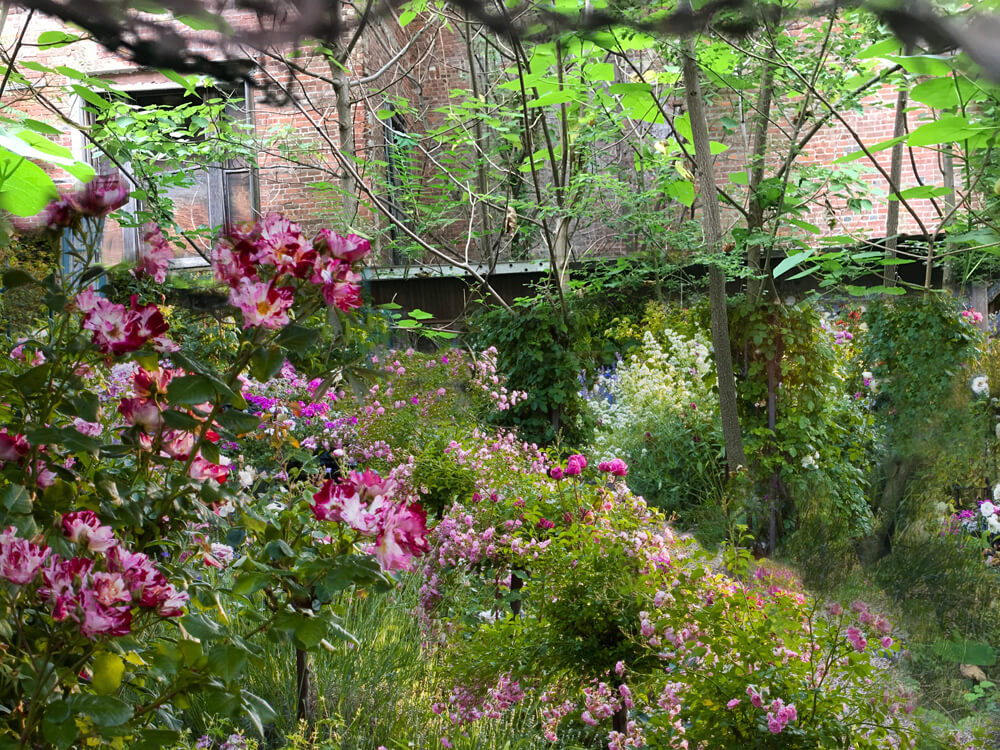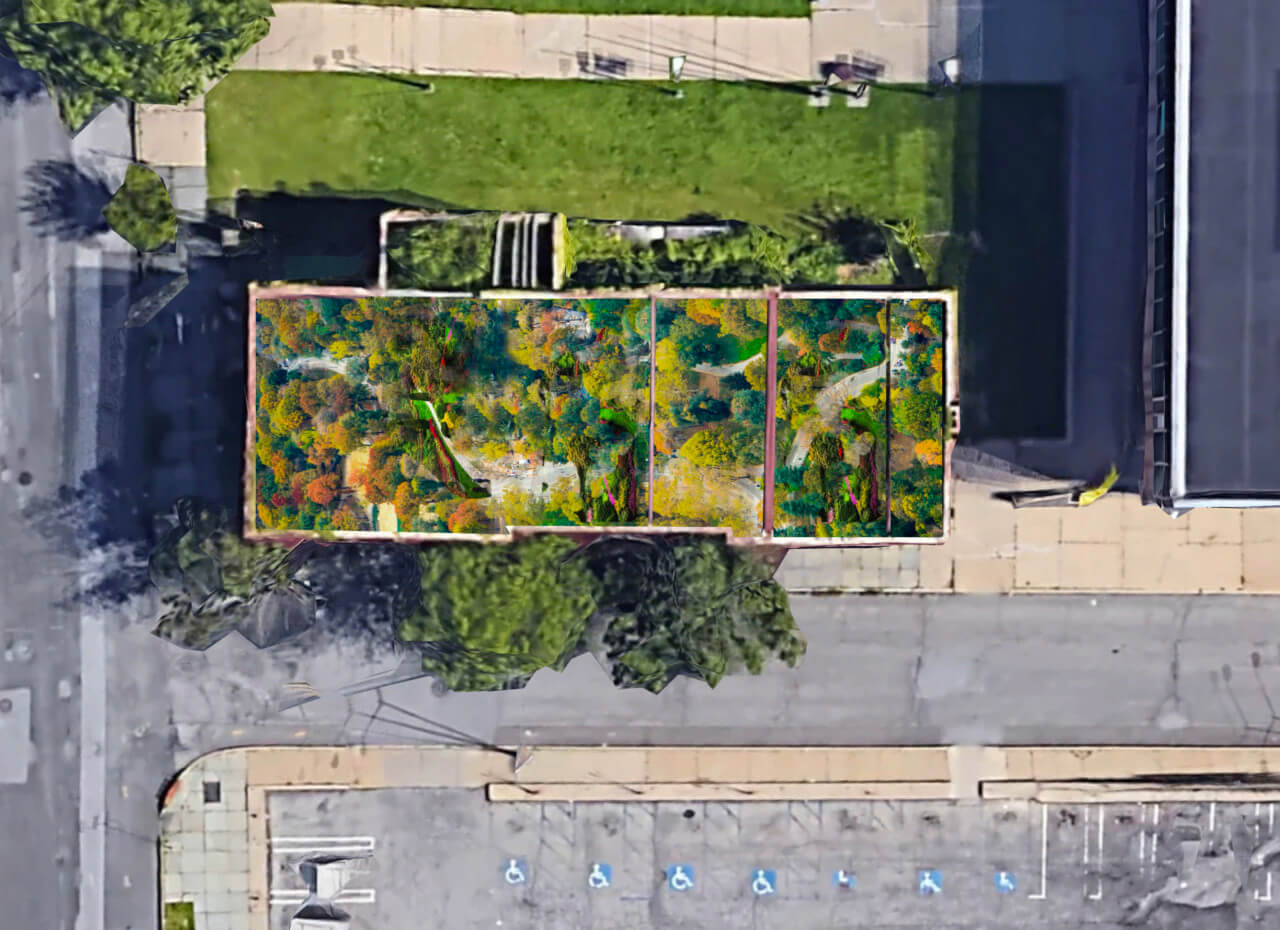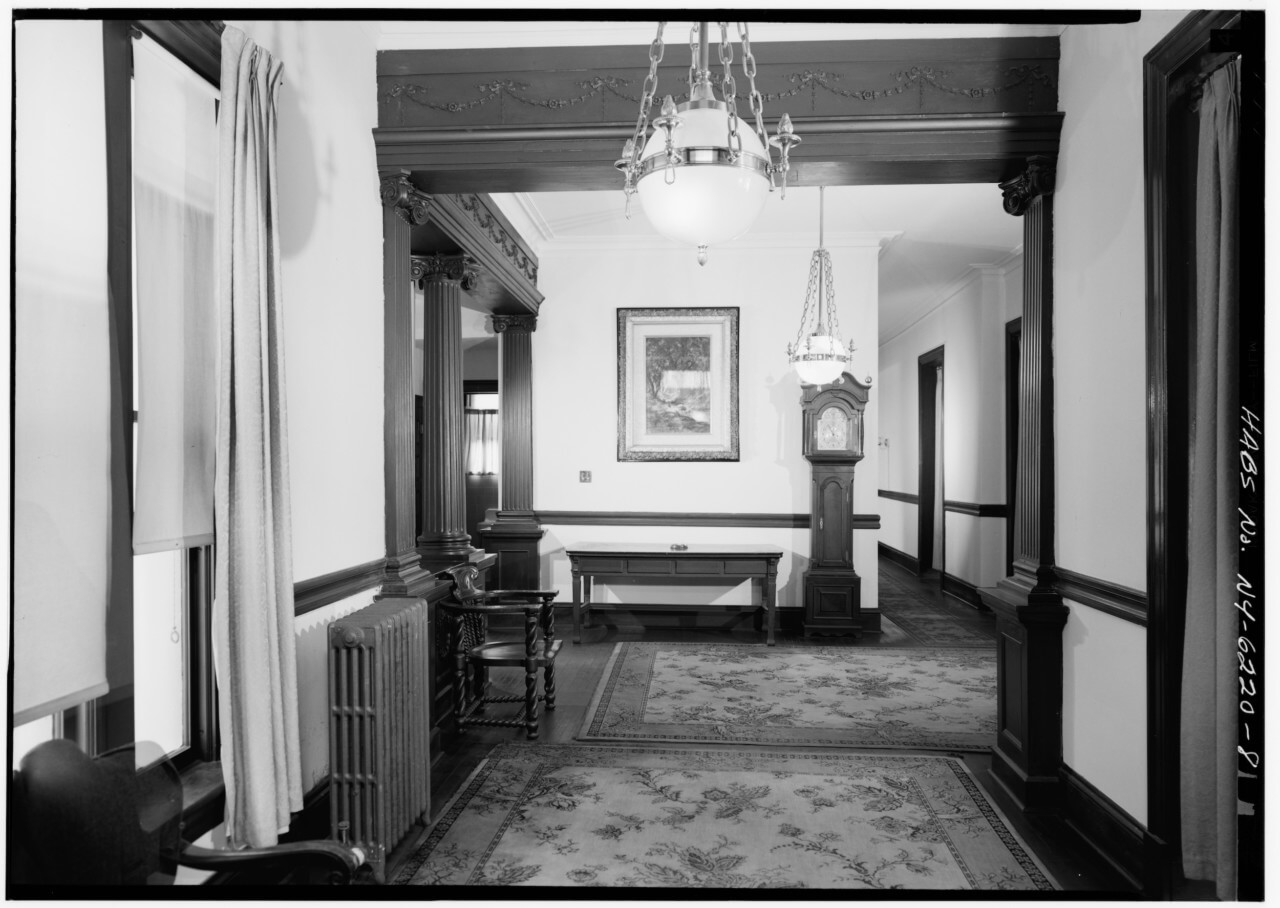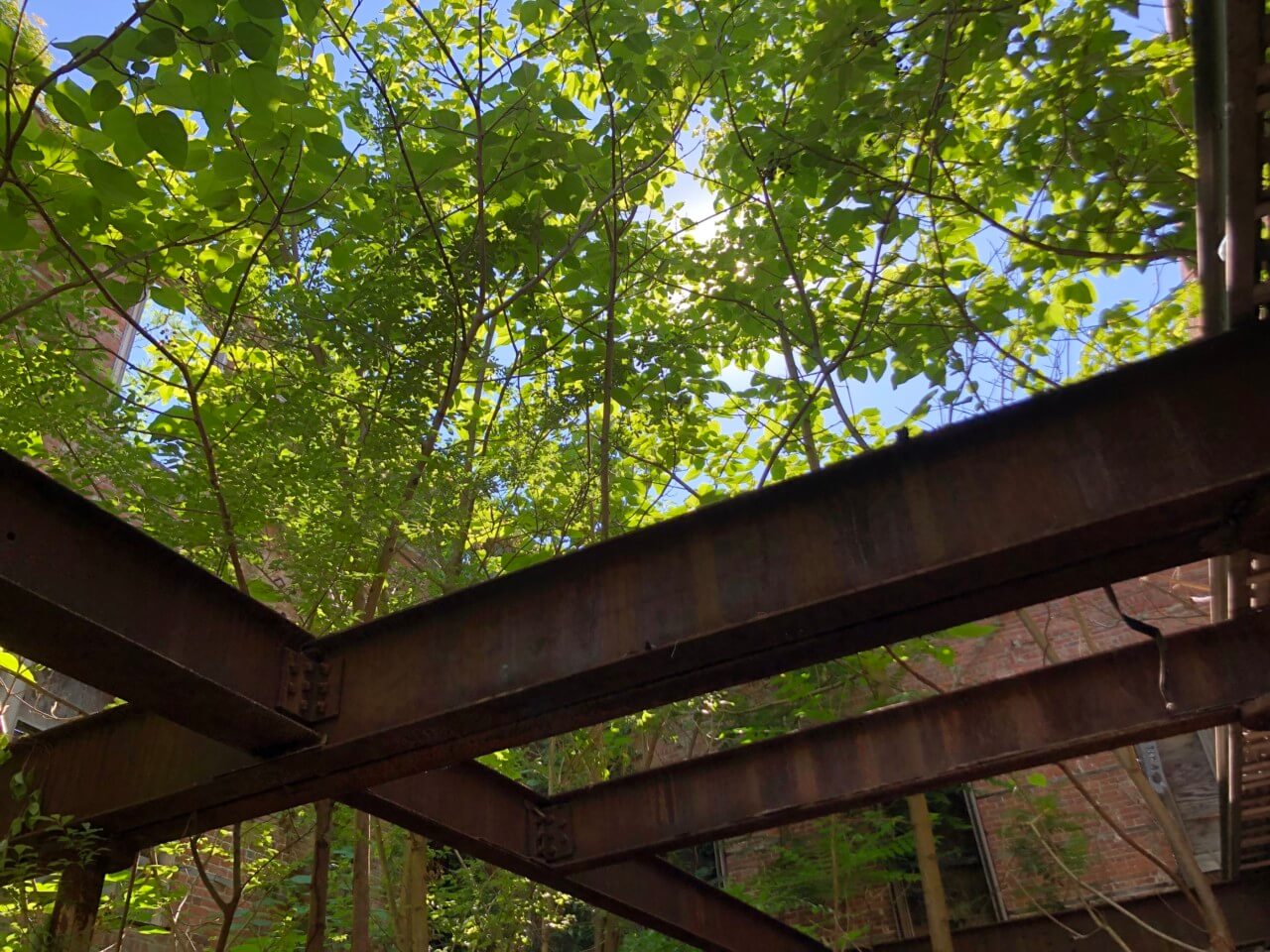In the heart of Newburgh, a small city in New York’s Hudson Valley with a rich architectural pedigree, stands the overgrown and gutted ruins of a historic mid-19th century building that’s future, for decades now, has been frozen in a state of limbo.
The once-stately structure at 120 Grand Street, decimated by fire in 1981 after having been spared from demolition during urban renewal projects of the 1970s thanks to local preservationists, is best known as the City Club building. Before being converted into a private gentleman’s club in the for the city’s movers and shakers in the early 190os, it served as the residence of Dr. William A.M Culbert, a homeopathic doctor who married into a prominent Newburgh family. Culbert commissioned landscape designers and architects Andrew Jackson Downing and Calvert Vaux to design the home, which stands as a noted early example of Second Empire architecture. The brick and sandstone building was completed circa 1850 and believed to be Downing and Vaux’s final collaboration. Downing, a Newburgh native who was also an acclaimed writer and horticulturalist and who is often credited as the father of American landscape architecture, perished in an 1852 steamship fire on the Hudson River at the age of 36; London-born Vaux, of course, went on to partner with Frederick Law Olmsted and design New York City’s most famous green spaces including Manhattan’s Central Park and Prospect Park in Brooklyn.
Plans to preserve and breathe new life into what remains of the old City Club building, which is part of Newburgh’s Montgomery–Grand–Liberty Streets Historic District, have come and gone. In August 2020, the City of Newburgh, which owns the long-abandoned property, issued an RFP for a developer “with the imagination, means, and experience to return this truly exceptional building to useful life.” Another call for redevelopment proposals came just this past March.
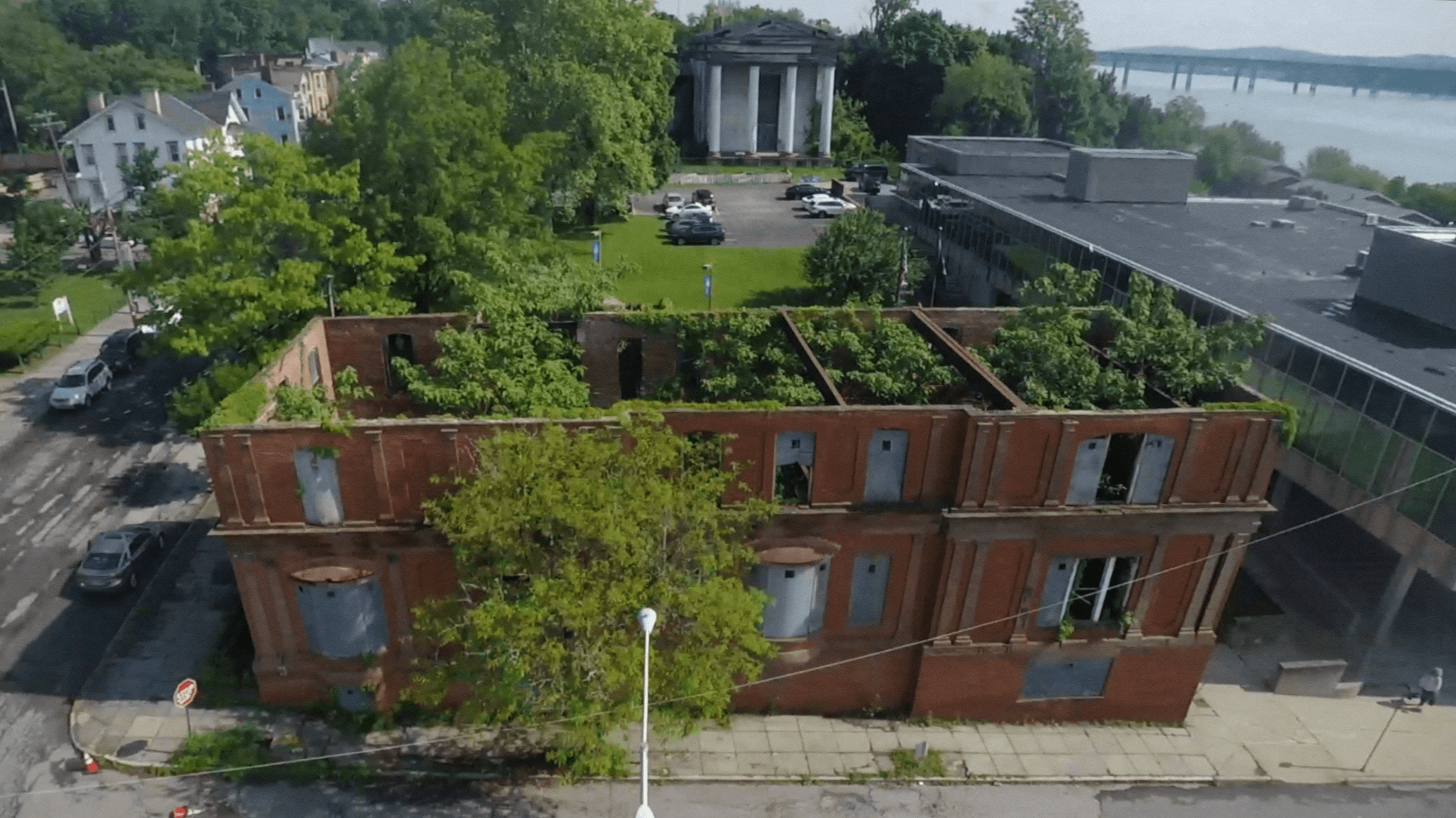
Prior to the recent RFPs, the Austria-born, New York-based artist Martin Roth, in collaboration with Newburgh-based contemporary arts nonprofit Strongroom, conceived an ephemeral installation that would have transformed the roofless interior of the building, already home to a number of mature trees and a chaotic jumble of untamed plant life, into what he called a “plant concert”— a lush, thriving garden housed within the decaying shell of the building.
Said Roth of his vision for A Home With a Garden:
“For the duration of the exhibition the building will exist in two parallel realities: as the site of the former City Club, but also as the home of this new illusionary public garden. I will work closely with the natural environment of trees and bushes that already exist inside the site, but alter it, and in a sense cultivate it, with more colorful plants and flowers, and a winding path. I believe that if you change reality just a little bit, everything changes.”
Plans to further develop and bring Roth’s A Home With a Garden to life were tragically halted when the artist died in 2019 at the age of 41. Then the coronavirus pandemic hit, and it seemed that the living, breathing transformation of what remains of one of Newburgh’s most iconic buildings had shriveled up and ceased to exist.
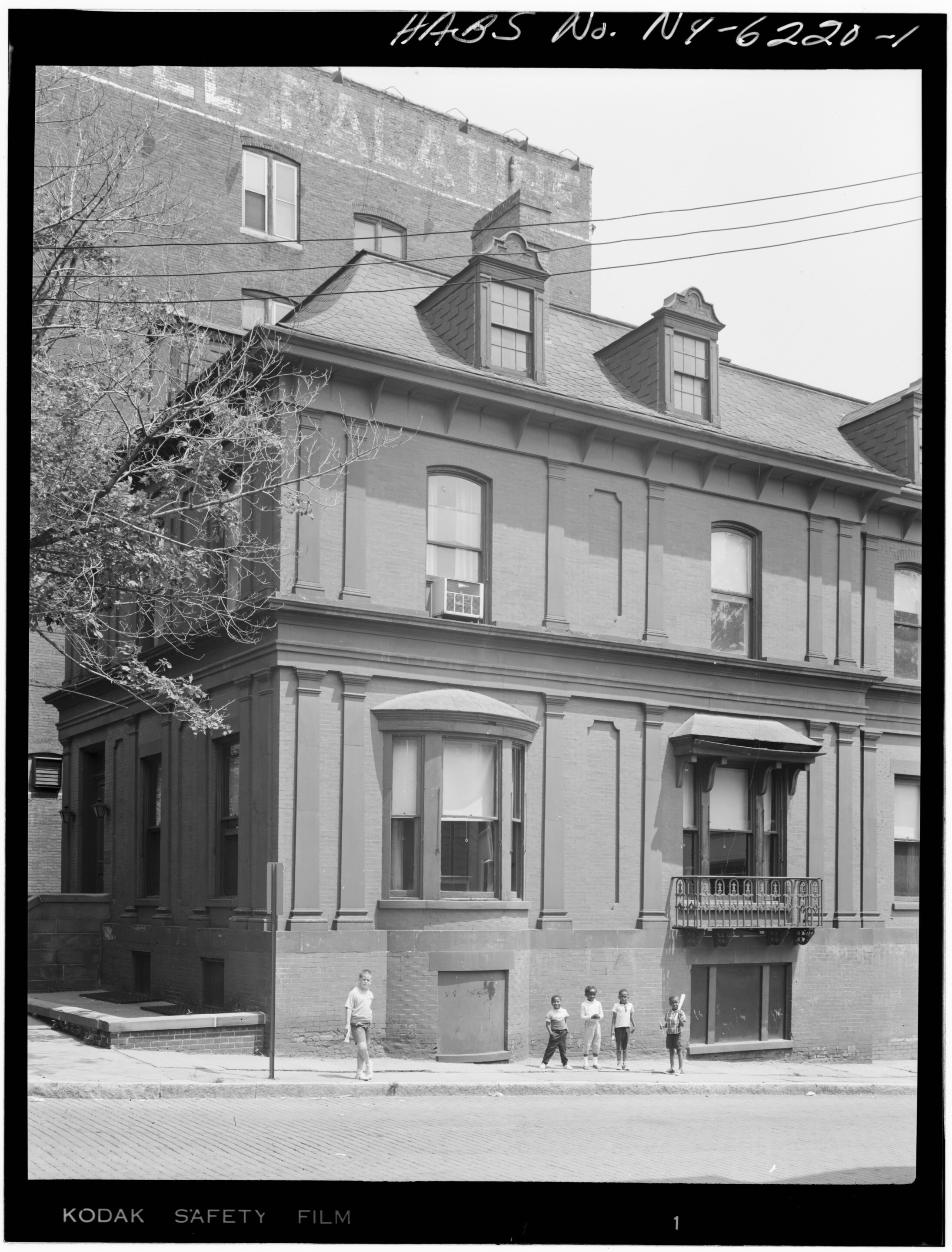
Strongroom, however, never abandoned Roth’s vision, and with the pandemic entering the rearview, is back with a crowdfunding campaign that will help nurture A Home With a Garden back to life.
The Kickstarter campaign is aiming to raise a minimum of $10,000 by June 2 and as of this writing, it’s almost there at just over $9,300. Further funds will enable the Strongroom team to further cultivate the landscape within the City Club’s interior as envisioned by Roth; the final stretch goal of $20,000 will allow for the front entrance on Grand Street to be opened for access into the forsaken building-turned-garden and also for additional public programming. Outside of funds, Strongroom is also seeking plant donations in the form of shade-tolerant grasses, shrubs, vines, and flowers.
“Martin Roth was one of the rare artists that could make you question what art can be,” Strongroom founder Kelly Schroer told AN. “His work was unique, and by incorporating living organisms into his installations he created an element of continual change and surprise–a living energy that contributed to an emotional impact that could make you forget your preconceived expectations of art. To spend time in one of his installations was a moving experience. His concern for the beauty and resilience of life was always at the forefront, creating a poetic gesture each time that stemmed from a conceptual framework.”
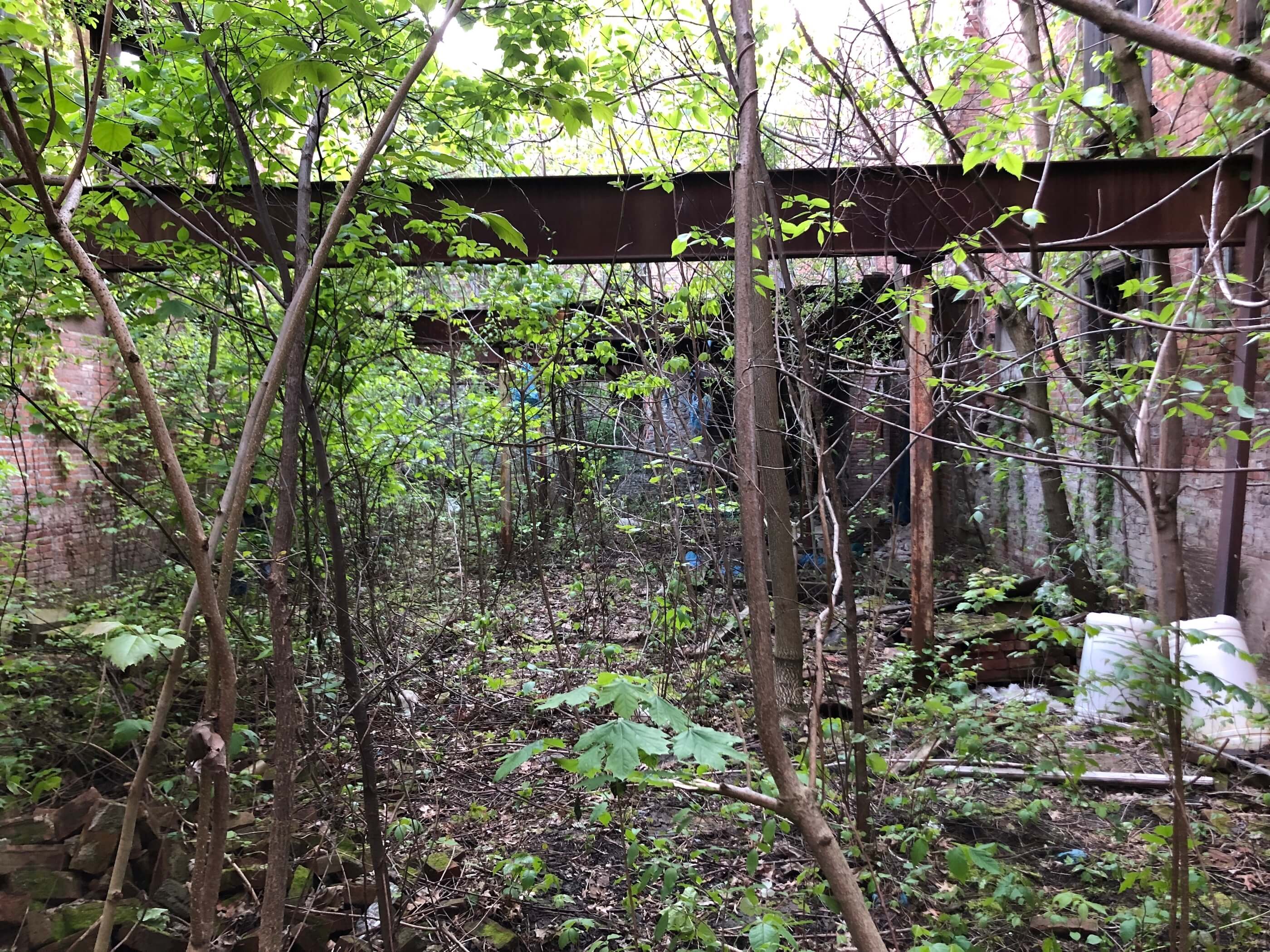
In addition to taming the existing plant life at the site (poison ivy abounds and must be removed) and adding new specimens for a lusher experience, Strongroom will incorporate devices throughout the space that, as detailed on the campaign homepage, “amplify the internal sounds of the plants, creating an immersive experience and place to contemplate our connection to nature. Each sensor creates different notes, together forming a magical ‘plant concert’ throughout the garden.”
It’s worth noting that Strongroom has already secured a green light to go ahead with the installation from the City of Newburgh. The five-year-old nonprofit is also working with a landscape designer as well as an engineering partner, the latter of which is helping to ensure that the ruins of the City Club are safe for public access during the duration of the exhibition.
“In Newburgh, Martin was excited by this building, because for him, the trees and vines taking over its facade and interior, were already collaborators in the work,” said Schroer. “In the City Club site, he set up a framework for us to follow, cultivating and adding to the existing conditions. In this way, our action of creating and nurturing the garden, as well as the visitor interactions that will follow, is in itself, very much Martin’s work.”






